
views
Buying Your Supplies
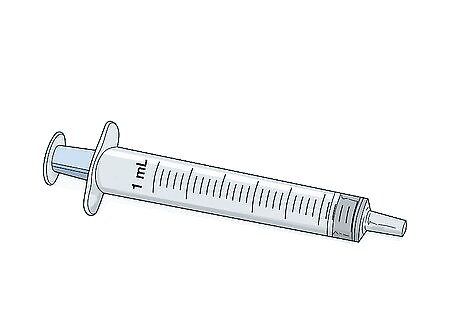
Purchase a 1 milliliter (0.034 fl oz) syringe. Do not use a syringe bigger than 1 milliliter (0.034 fl oz), especially if you are not experienced with syringe feeding. There is a risk of aspirating or choking your guinea pig due to the difficulty of controlling how much food goes into their mouth with a bigger syringe. You can purchase a syringe at your vet office. Otherwise, a pet shop or drugstore will likely sell something similar.
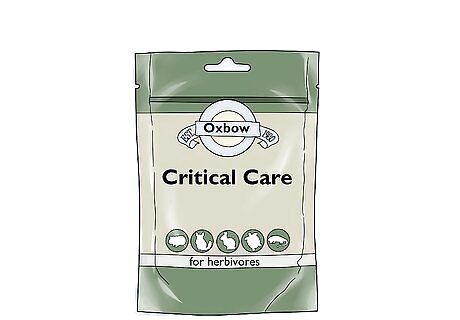
Purchase recovery food for your adult guinea pig, if possible. Oxbow Critical Care for herbivores is a great emergency food to feed to sick or critical guinea pigs. You can purchase emergency food from most leading pet stores, or your local veterinary clinic. Supreme Science Recovery is another alternative to Oxbow. Otherwise, Emeraid Herbivore can be fed to critical guinea pigs. For longer use, Emeraid is best combined with another product, such as Critical Care fine grind. Look for a recovery food that suits your guinea pig's condition. Emergency formulas are generally assorted based on age and the health defect of your guinea pig. You can also purchase long and short-term formulas.

Purchase a milk replacement formula for newborn pups, if possible. Wombaroo Guinea Pig Milk is a favourable replacement formula sold by most leading pet stores and vet clinics.

Gather a few supplies before you syringe-feed your guinea pig. You can grab a few items from home to make syringe-feeding more comfortable for your cavy. Here are a few things you will need: Cup of water for rinsing the syringe as needed. Cup of water for fluids. Towel for restraining your guinea pig. Paper towel to mop up any spills or wipe your guinea pig's chin.
Making Emergency Guinea Pig Food for Adults
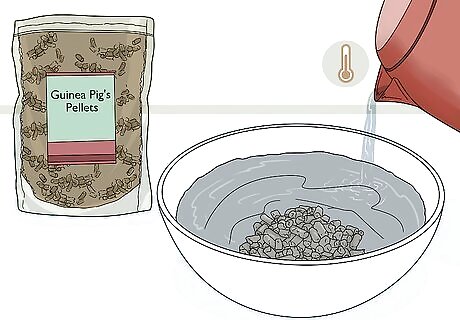
Soak your guinea pig's pellets with warm water. Allow the water to soak the pellets until they have broken down into a mash. You can also grind pellets with lukewarm water in a processor. As an alternative, pellets can be soaked with Pedialyte, Odwalla juice, wheatgrass juice, or natural cranberry juice (no added sugar or preservatives) instead of water to improve palatability and nutrition.
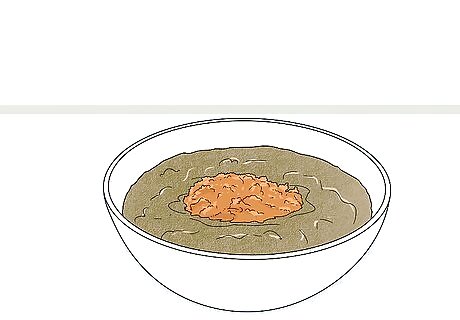
Combine vegetables and hay into the pellet mash. This step is optional, but the added vegetables will give your guinea pig essential nutrients and improve palatability. Hay will provide your guinea pigs with necessary fibre. Minced parsley, carrots, and other vegetables are a few suitable options. Small amounts of fruits, such as grated apple or mashed banana, can also be added if your guinea pig's find it more favourable.
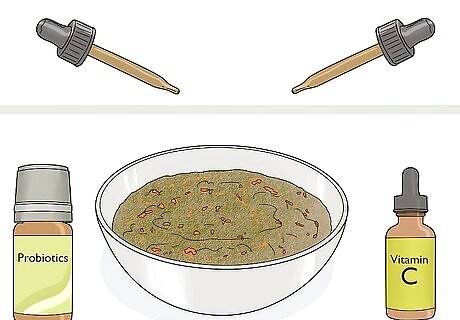
Add probiotics and vitamin C to the mash. Antibiotics should be administered by your vet with care instructions on use. Vitamin C drops can be purchased from your pet store and administered in small dosages. Dangerous antibiotics like penicillin are deadly because they affect the normal flora of the gut, causing fatal and irreversible diarrhea. But even recommended antibiotics may cause problems like diarrhea. For more information, visit http://www.guinealynx.info/antibiotic_advice.html Additionally, you can add half of your guinea pig's dropping (faeces) into the mash. While this may seem strange, guinea pigs naturally ingest caecals to maximise the nutrients they derive from their diet and produce healthy bacteria in the gut. Yogurt has live acidophilus cultures but is not the best choice as it is a dairy product. Since guinea pigs are herbivores, milk products are not recommended.
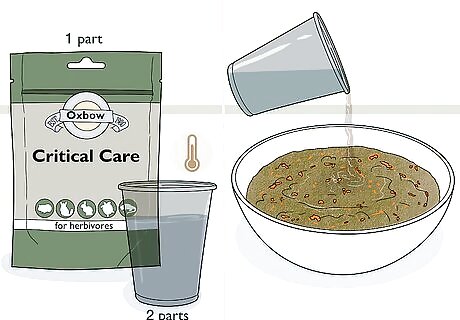
Add critical care to the mash. Add one part critical care powder with two parts warm water. Alternatively, you can add critical care grind to the mash as a substitute.
Making Emergency Guinea Pig Food for Newborn Pups
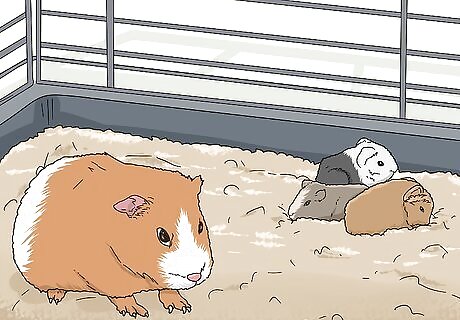
Make sure the sow is feeding her pups before you step in. It's common to panic when your female guinea pig has suddenly given birth to an unexpected litter of newborn pups. However, it's important to evaluate the situation before you take things in your own hands. You need to be 100% confident that the mother guinea pig isn't feeding her babies. There is a good chance that she is feeding her babies, as in general guinea pigs do not constantly tend to their pups in the way we might think. Guinea pig mothers feed their babies only a few times a day, and then leave them alone. Guinea pig pups are known to be born independent with the ability to eat hay, vegetables, and pellets within a few days of being born. The mother sow generally doesn't start lactating or producing milk until 24 hours of the birth. Within this time, it's normal for the guinea pig pups not to consume anything. Examine the babies; if their tummies are round and full-looking, and they are warm, active, and bright, the mother is likely feeding them. If the babies are cold, lethargic, or have shrunken bellies, then you may have to intervene.
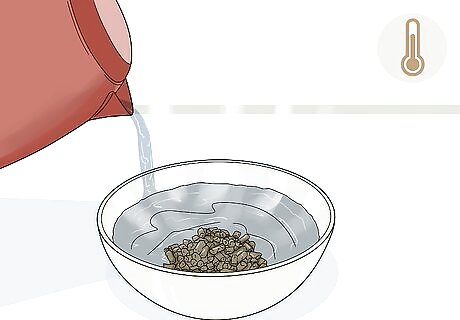
Soak guinea pig pellets with warm water. Allow the pellets to soak in warm water. Alternatively, you can grind the pellets in a processor and add lukewarm water instead. Oxbow pellets for young guinea pigs are best. Otherwise, any alfalfa hay-based pellets will work.
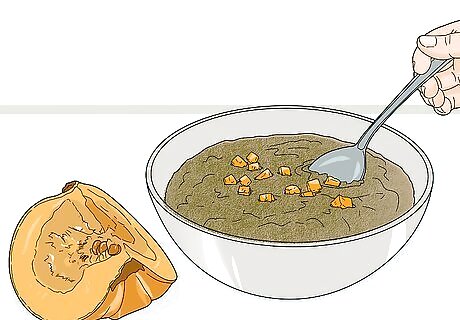
Combine cooked pumpkin into the mash. This will make the mash more palatable for your newborn pups. Alternatively, add butternut squash baby food.
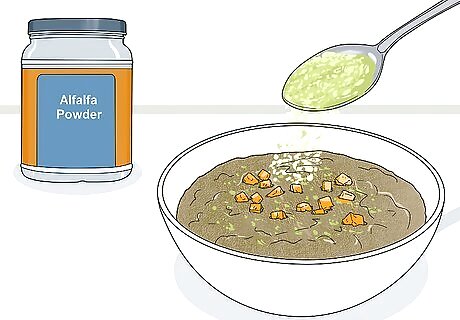
Add alfalfa powder to mash. Alfalfa provides an extra source of calcium for your growing guinea pig pups. You can purchase alfalfa powder and mix a small amount into the mash. Otherwise, you can grind up alfalfa hay in a food processor with their pellets.
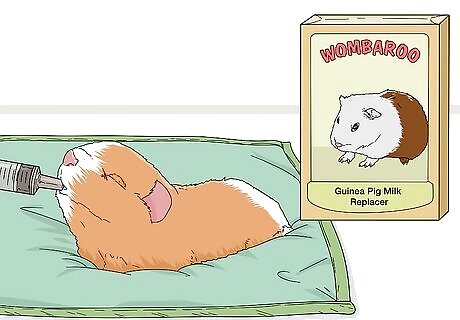
Supplement newborn pups with a milk replacement formula, if possible. Wombaroo milk replacer for newborn guinea pig pups is an advisable formula to feed. However, if you do not have a milk replacement formula, you can continue feeding the a pellet mash instead. Make up milk at a concentration of 190 grams per litre (0.0069 lb/cu in), in accordance with the direction on the pack. Store the milk in a refrigerator for up to 2 weeks, and feed to baby guinea pigs every 1-2 hours.
Feeding Emergency Food
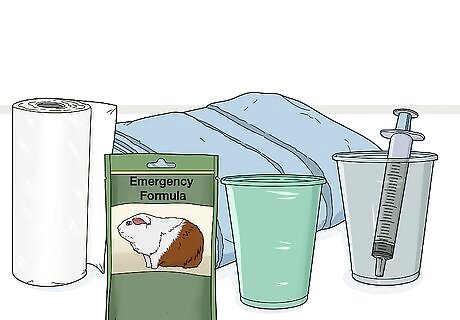
Gather the necessary supplies. You will need your emergency formula, 1ml syringe, fluids, towel, and a paper towel. If you have a newborn guinea pig, you can use a small bottle and teat.
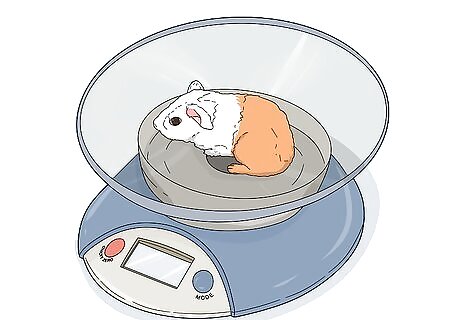
Weigh your guinea pig. Emergency formulas and replacement milk will have a chart on the back of the packaging with a weight guide. This advises how much food you feed your guinea pig, depending on how much they weigh. Kitchen scales with an attached bowl are perfect for weighing guinea pigs as they measure in grams. For more information on how to weigh your guinea pig, visit https://www.guinealynx.info/weigh.html
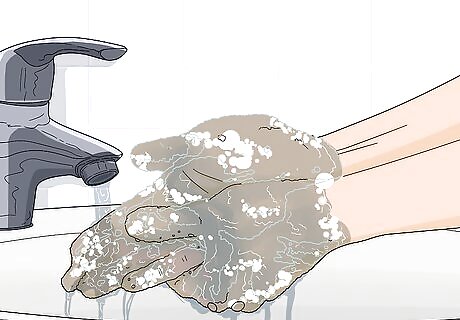
Wash your hands before handling your guinea pig. Not only does hand-washing eliminate bacteria, but it's also important to wash away foreign scents that may scare your guinea pig, especially newborn pups.
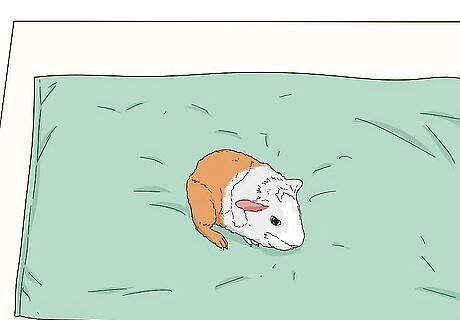
Place your guinea pig on a stable surface. Very ill guinea pigs are usually not cooperative until they realise that syringe feed is contributing to their health. It's common for your guinea pig to fidget or struggle while they are being syringe-fed. It's important to set up a stable surface for this reason. While you can syringe-feed your guinea pig on your lap, this position isn't always practical unless you have another person helping you. Place an old towel on the table to make it non-slip and ensure the comfort of your guinea pig.
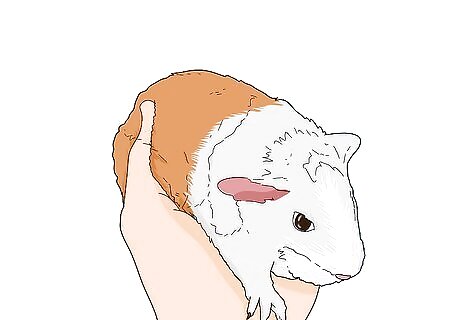
Hold your guinea pig in one hand. Placing your guinea pig in a "football hold" is easiest while syringe-feeding. If your guinea pig struggles, you can wrap them in a towel to safely restrain them.
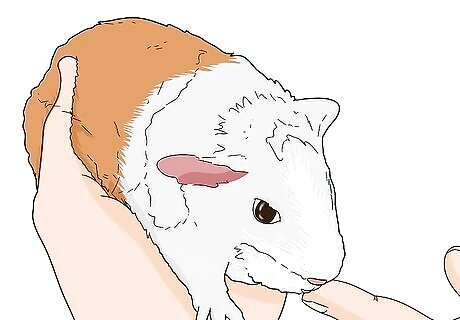
Gently open your guinea pig's mouth. While some guinea pigs will take the formula willingly, if your guinea pig is refusing to eat, place your hands over your guinea pig's face and insert your fingers on either side of the mouth to make your guinea pig open.
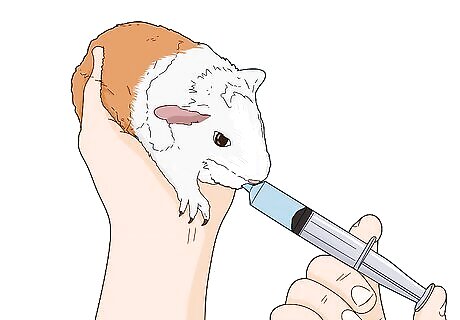
Insert the syringe into the side of the mouth. The tip of the syringe should go behind the front teeth into the side. This lessens the risk of choking or aspirating. Release the plunger slowly, aiming to give no more than half of the syringe at a time. Allow your guinea pig to chew, and when you think they are ready, insert the syringe again and give the other half.
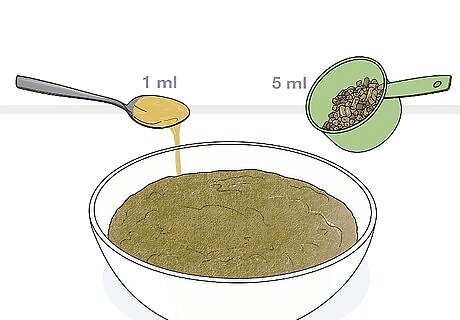
Provide 1ml of fluids with every 5ml of food. Syringe fluids slowly to minimise the risk of aspirating. Guinea pigs in critical care may struggle to swallow. It's important to maintain patience and provide them with time to consume fluids properly. A mouthful of water for adult guinea pigs is about 0.3 to 0.5 millilitres (0.010 to 0.017 fl oz). Don't give any more than 0.1 to 0.3 millilitres (0.0034 to 0.0101 fl oz) of water for guinea pigs that are struggling to swallow fluids.
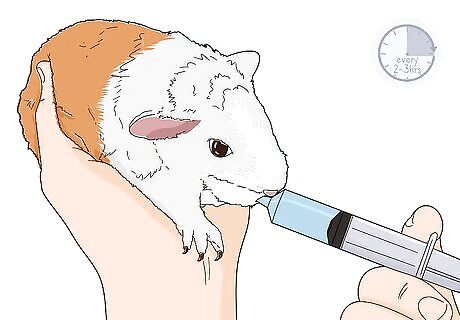
Syringe-feed sick guinea pigs every 2-3 hours. Of course, the amount of times you need to feed your guinea pig depends on their condition, but in general, it's best to feed around the clock. Severe guinea pigs will need regular feeding of 3–5 millilitres (0.10–0.17 fl oz) for every 2-3 hours. There are generally three stages where syringe-feeding is necessary; severe illness, recovery, and/or long-term syringe-feeding. Your veterinarian will be able to provide you with the necessary instructions on how often your guinea pig needs to be fed.
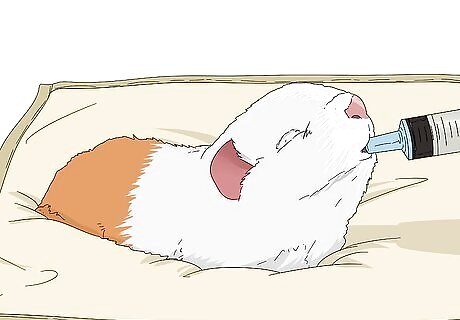
Syringe feed baby guinea pigs every 1-2 hours. Feed as much as your baby guinea pig will consume in one sitting. Baby guinea pigs will need warmth while are you are feeding them. Especially if they have been rejected by their mother. Baby guinea pigs can be weaned off by 3-6 weeks. You can dilute their formula with water if they still want milk by 5-6 weeks.
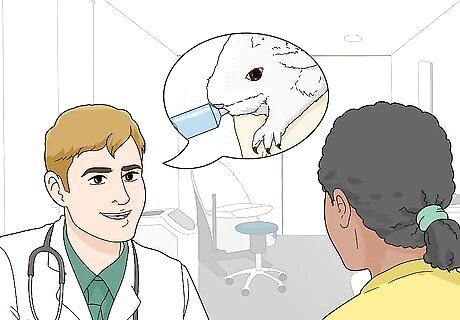
Always listen to the advice of your vet. If your guinea pig is showing symptoms of lethargy or refusal to eat, it's important to have them checked by a vet. Syringe-feeding will not help them alone. If your guinea pig is sick, they will need antibiotics. If you cannot get your guinea pig to an emergency vet, you should syringe-feed them every 2-3 hours as mentioned above. If your guinea pig does not eat within 12 hours, their digestion system will shut down and your guinea pig will go into gut stasis.



















Comments
0 comment